We started this blog with an advent calendar for 2020 summarizing the highlights of our research year and presenting ourselves. Since we have continued that tradition.
Category: Advent calendar
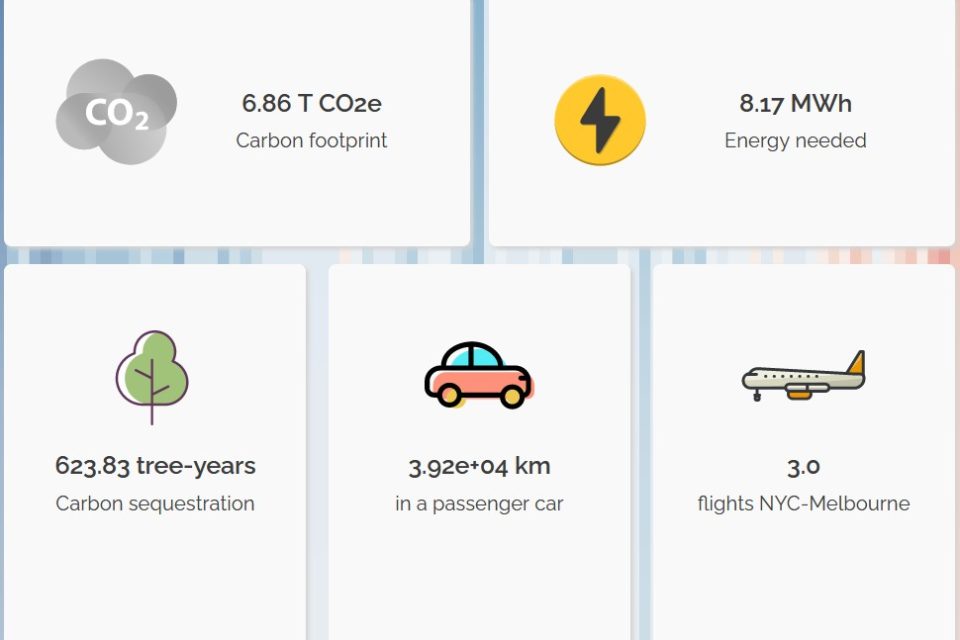
Door 17: The carbon footprint of our computational analyses
In recent years, there has been a new movement in biology and especially in phylogenetics, which looks at the carbon footprint of our computational analyses. It is called green computing or green phylogenetics. Especially supercomputers have a high energy demand, not only for the actual calculation, but also […]
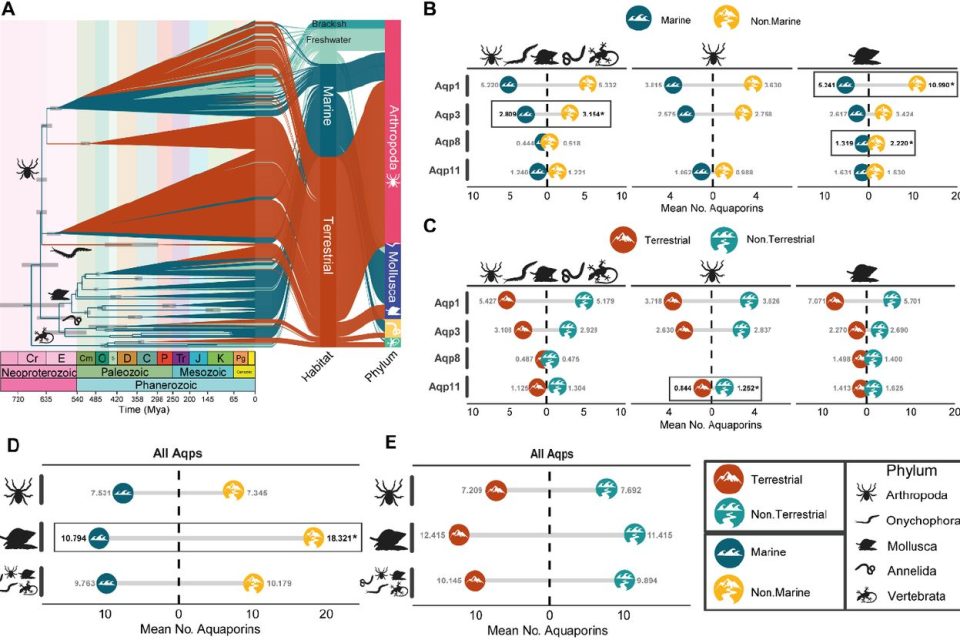
Advent Calendar Day 16: The March To Land
For the 16th day of our Advent Calendar, I’d like to talk about a pre-print. I thought the results were incredibly exciting and, if the article passes peer review, I assume we’ll see it in a journal in the new year! https://www.biorxiv.org/content/10.1101/2022.07.25.501387v2.full The transition from sea to land […]
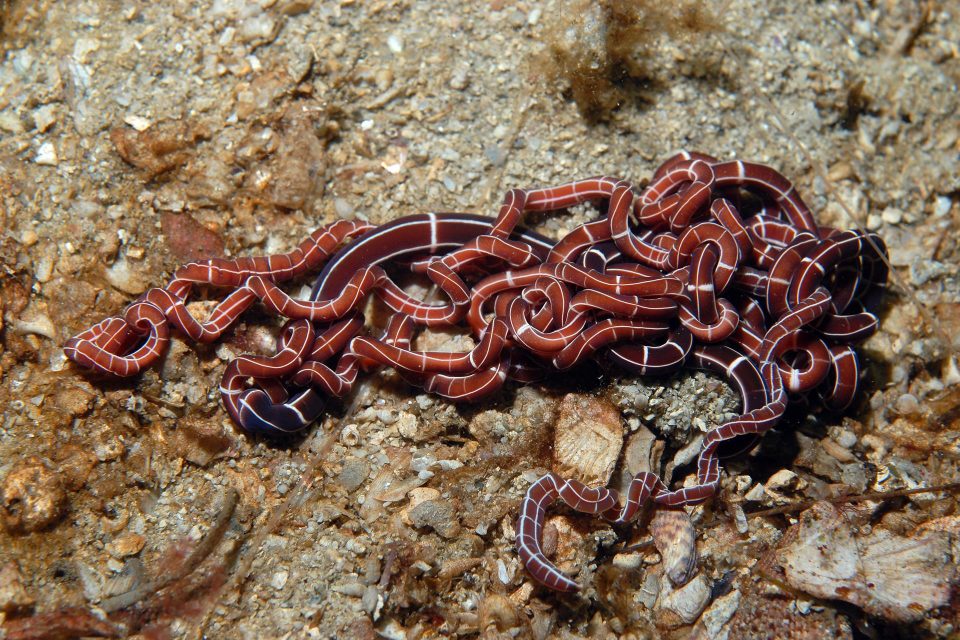
Door 15: Improving marine biodiversity assessments by sampling larvae
Another paper I really enjoyed reading this year was “Sampling multiple life stages significantly increases estimates of marine biodiversity”, published last April by Svetlana Maslakova and her colleagues. They argue that most surveys of marine life underestimate the total number of species because they rely almost entirely on […]
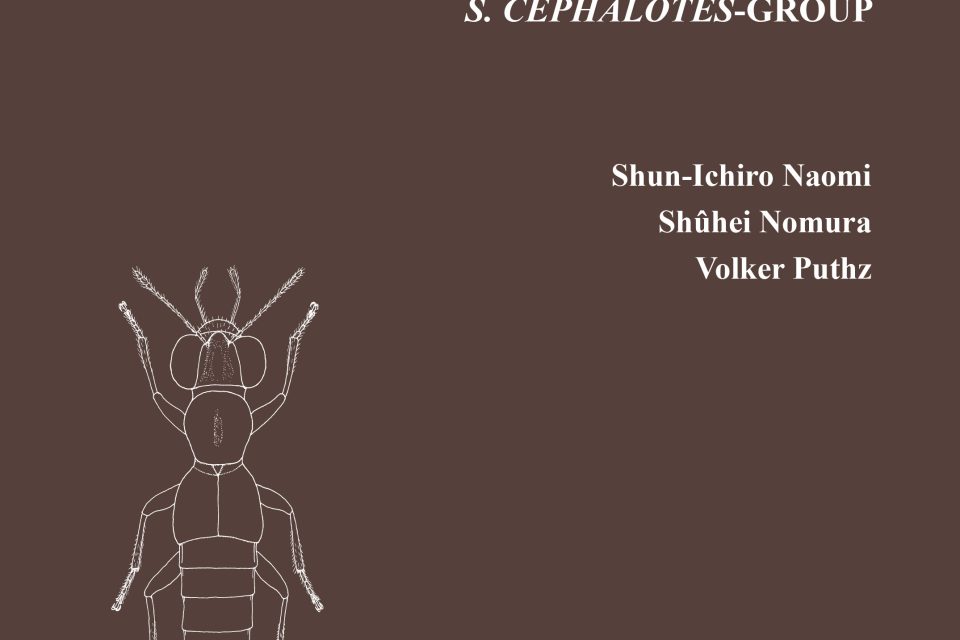
Door 14. The largest animal genus just got larger.
Today, most biologists would agree that there is no objective criterion to determine the rank of a supraspecific taxon. As a result, comparing how many species different taxa of the same rank include does not make much sense. Yet we keep doing it. Following that tradition we may […]
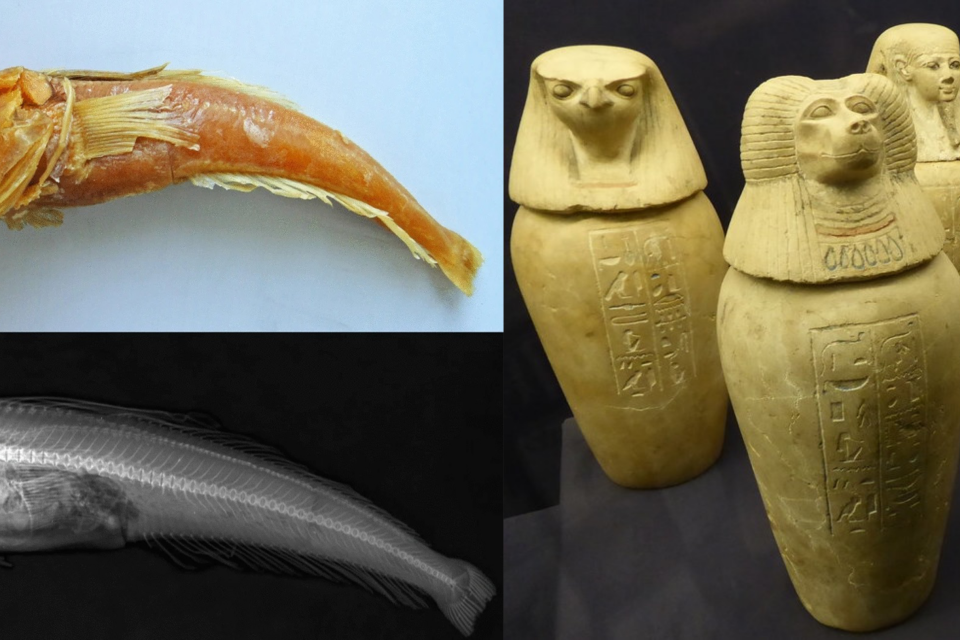
Door 13: Expanding Sources of DNA in Museums
Author: Rita Austin (former group member) Diverse museum holdings offer unique and exciting potential sources of ancient DNA and other biomolecules (e.g., RNA and proteins). As technology and methods advance, the accessibility and potential for success of ancient DNA has also increased; alongside the attainment of ancient DNA […]
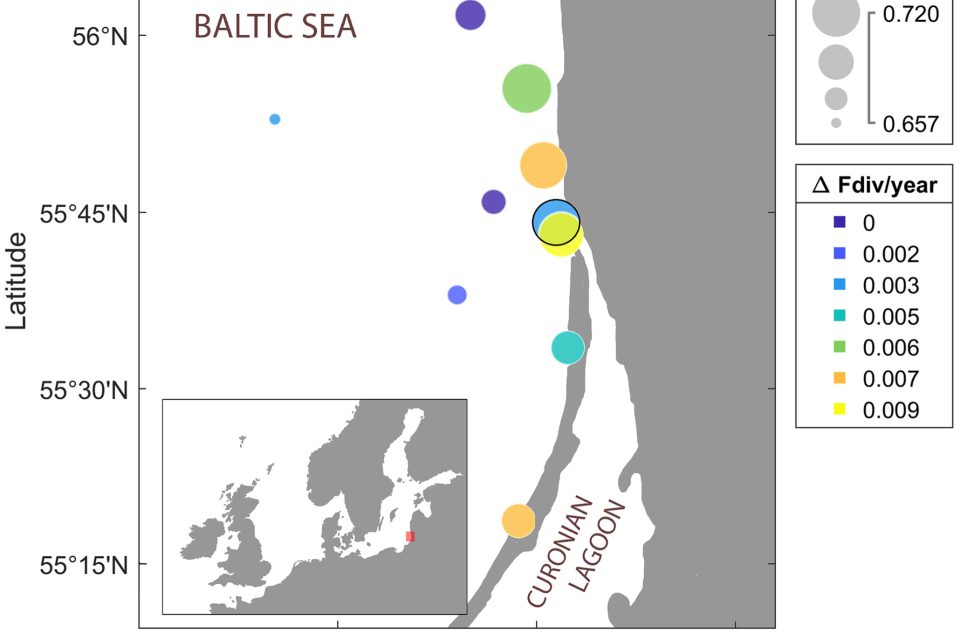
Door 12: Measuring Functional Diversity
Currently, the UN Biodiversity Conference (COP15) is going on in Montreal, Canada. Again a COP soon after an earlier COP, namely the UN Climate Change Conference (COP27) has been held in November in Sharm-El-Sheick, Egypt. For many of us, including myself, the twin crises of climate change and […]
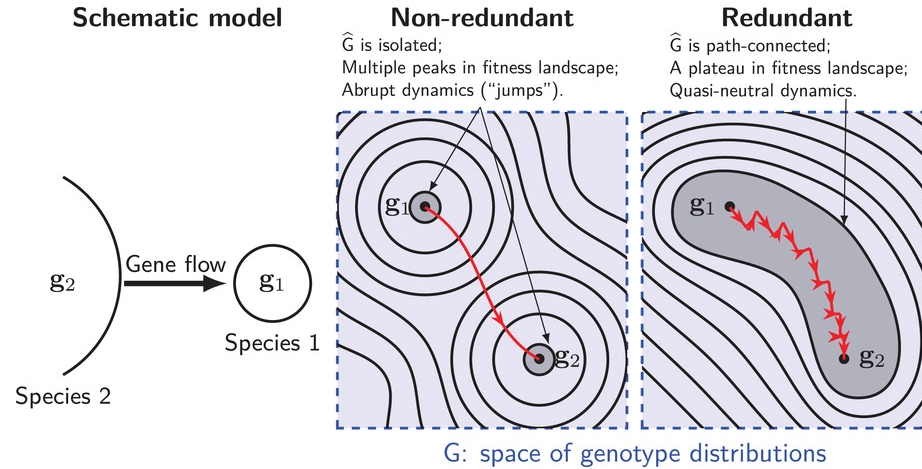
Door 11: How can hybrid incompatibility collapse enlighten hypotheses about stasis?
Today, I would like to present to the paper by Tianzhu Xiong and James Mallet about “On the impermanence of species: The collapse of genetic incompatibilities in hybridizing populations” in Evolution. The topic of the paper is not my area of research, which are deep level phylogeny, evolutionary […]
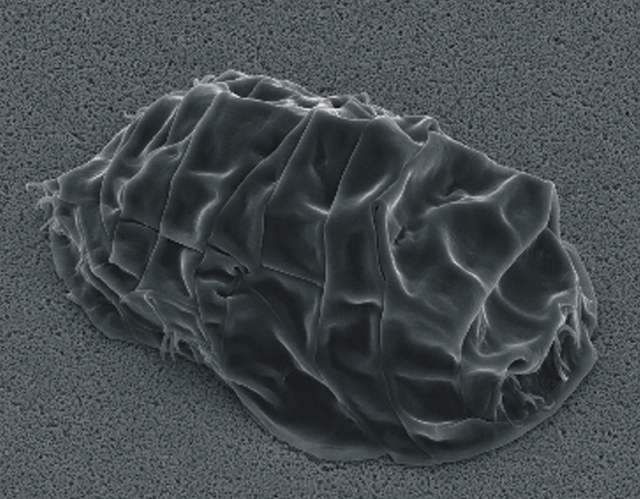
FEZ Advent Calendar Day 10: Ten Tardis Tunning
On the 10th Day of Advent, we open the door on our calendar to a paper that brought me more than a little bit of joy to read earlier this year, Yoshida et al’s “Time-series transcriptomic screening of factors contributing to the cross-tolerance to UV radiation and anhydrobiosis […]
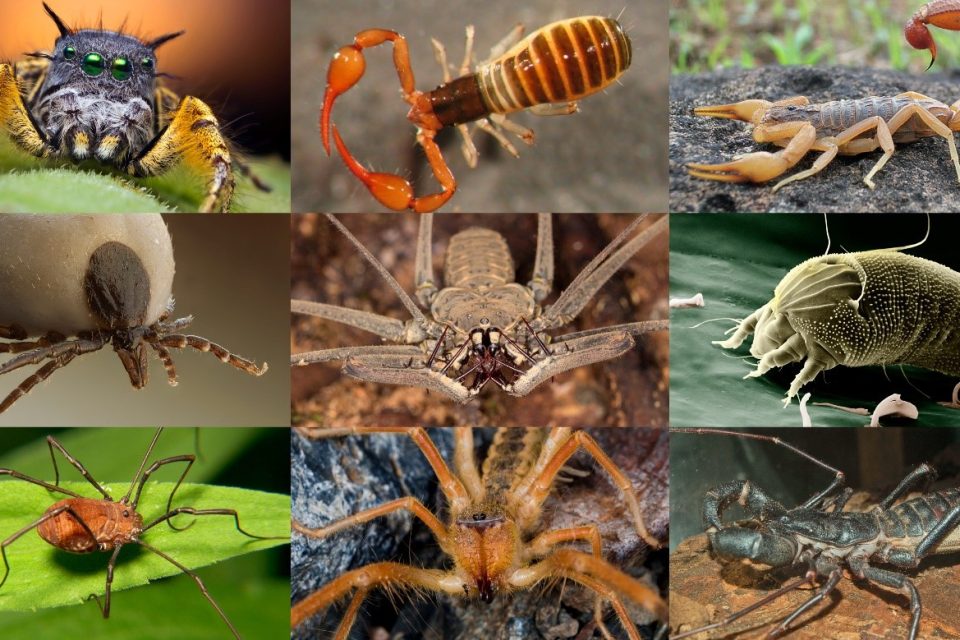
Door 9: Challenging the Historical Perception of Arachnid Monophyly
The arthropod subphylum of Chelicerata are made up of three classes containing extant orders: Pycnogonida (Pantopoda: the sea spiders), Merostomata (Xiphosura: the horseshoe crabs) and the diverse class of Arachnida. Although the relationships between these three have proven difficult to untangle, the historical perception of arachnid monophyly has […]
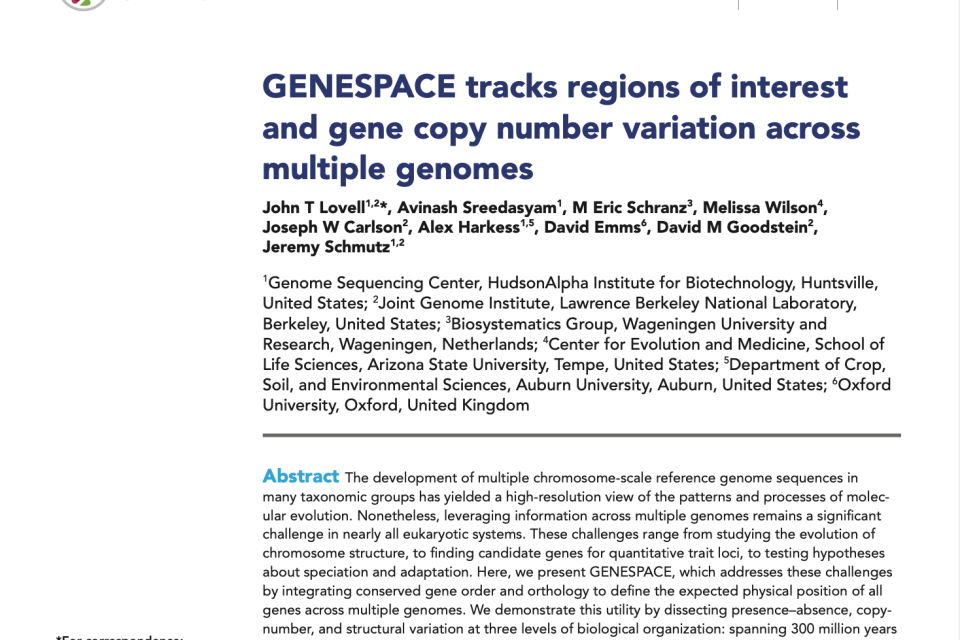
Door 8: GENESPACE tracks regions of interest and gene copy number variation across multiple genomesss multiple genomes.” Elife 11 (2022): e78526.
During this year Frontiers in Evolutionary Zoology advent calendar I have decided to briefly present you three works: a research paper, a researcher interview, and a book. The first door to which I am contributing if this quite useful method paper to whoever is currently working with whole […]